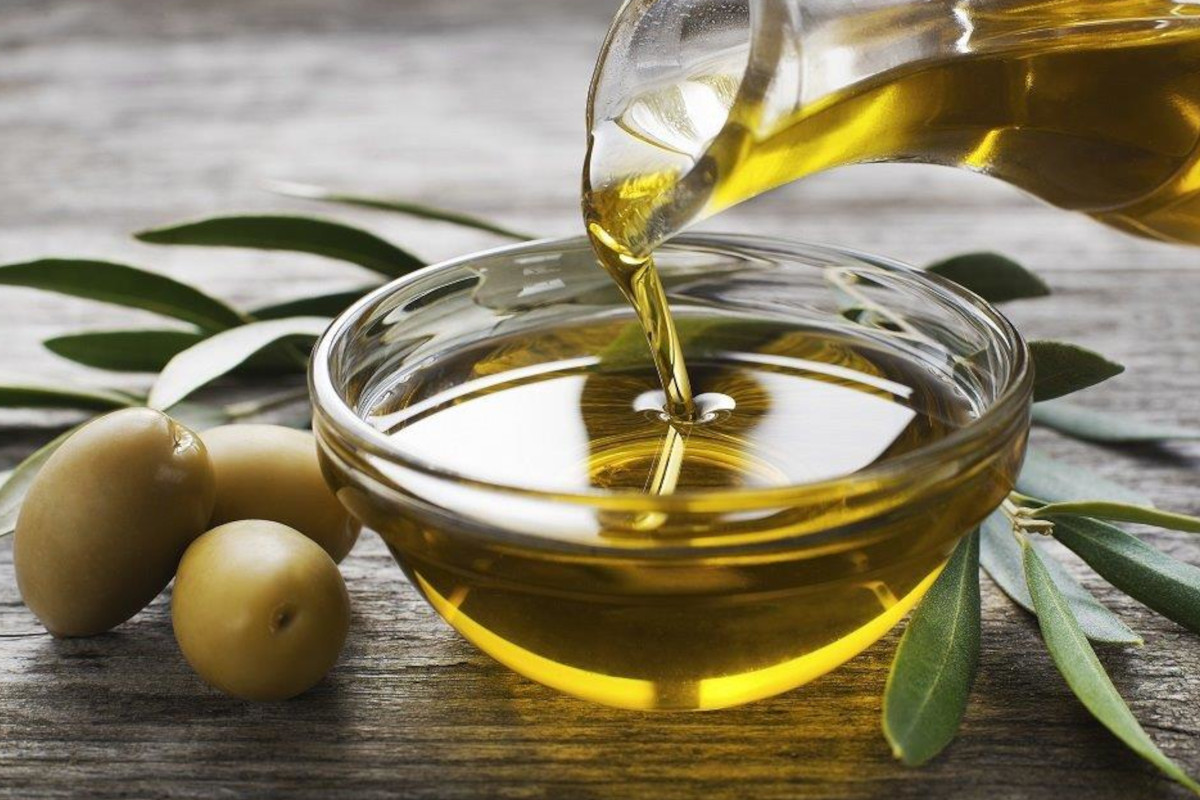
Extra virgin olive oil not only safeguards cardiovascular well-being but also combats inflammatory ailments linked to the aging process while concurrently shielding the skin from the deleterious impact of free radicals. A groundbreaking scientific study unveiled at the European Parliament, sheds light on these multifaceted health benefits.
The study is titled “Beneficial Impacts of Extra Virgin Olive Oil: Implicated Molecular Mechanisms,” and it is the result of a joint effort between the Carapelli Nutritional Institute and esteemed Italian Universities including Milan, Perugia, Padua, and Naples. The final report marks the inaugural successful endeavor to meticulously map the molecular and cellular cascades induced by the integration of extra virgin olive oil (EVOO) within a dietary framework. Findings underscore that diets enriched with polyphenol-laden EVOO foster a more salutary metabolic profile, manifesting in weight reduction, diminished blood glucose levels, and thereby mitigating the risks associated with diabetes.
Delving deeper into the study’s insights, sophisticated genetic and metabolomic analyses reveal novel pathways through which both extra virgin olive oil and polyphenols exert influence on energy metabolism and mitochondrial functionality. This influence is particularly pronounced in metabolically active tissues, such as muscles and the liver.
The study accentuates the pivotal role of advocating diets rich in EVOO, akin to the Mediterranean Diet, as a potent countermeasure against the escalating global pandemic of obesity and non-communicable diseases, as asserted in an official communication from the Carapelli Nutritional Institute.
Find authentic Italian extra virgin olive oils on the Italianfood.net platform
OLIVES AND OLIVE OIL: A CONTINUED DECLINE IN PRODUCTION
While the current year anticipates a less precipitous drop in production compared to the stark decline observed in 2022, the olive oil landscape remains in a precarious state. Projections for the 2023-2024 olive oil campaign suggest a production trajectory still falling below the regional average across the Mediterranean.
Italy, anticipating a production uptick of +20% from the previous campaign, is poised to yield approximately 289,000 tons of oil. Despite this increase, it falls short of the 350,000-ton mark witnessed in more robust harvests. This output proves insufficient to meet the demand of the Italian olive oil sector, which requires nearly a million tons to satisfy both domestic consumption and exports.
Spain, a global leader in olive oil production, grapples with the aftermath of a water crisis precipitated by prolonged drought. For the second consecutive year, Spain’s olive oil production is projected to hover around 765,000 tons, nearly halving its usual yield. Greece, too, witnessed a 25% decline in production to 260,000 tons, attributing this downturn to drought and wildfires. In a contrasting narrative, Portugal anticipates a notable surge of nearly +20%, reaching 150,000 tons. Tunisia eyes a return to a 200,000-ton output, while temporary suspensions in exports to the European Union are noted from Turkey and Morocco, citing diminished availability as the cause.
